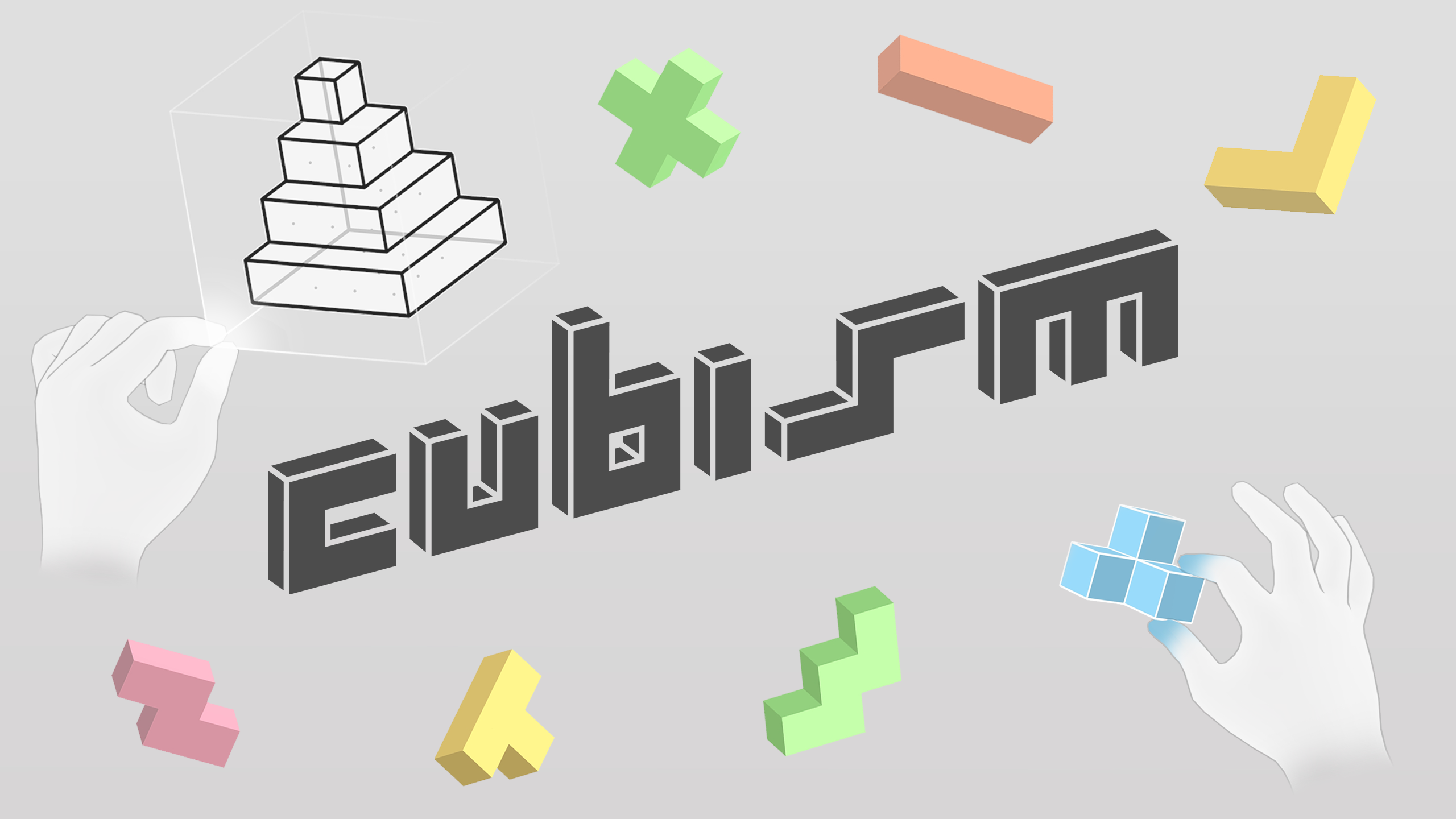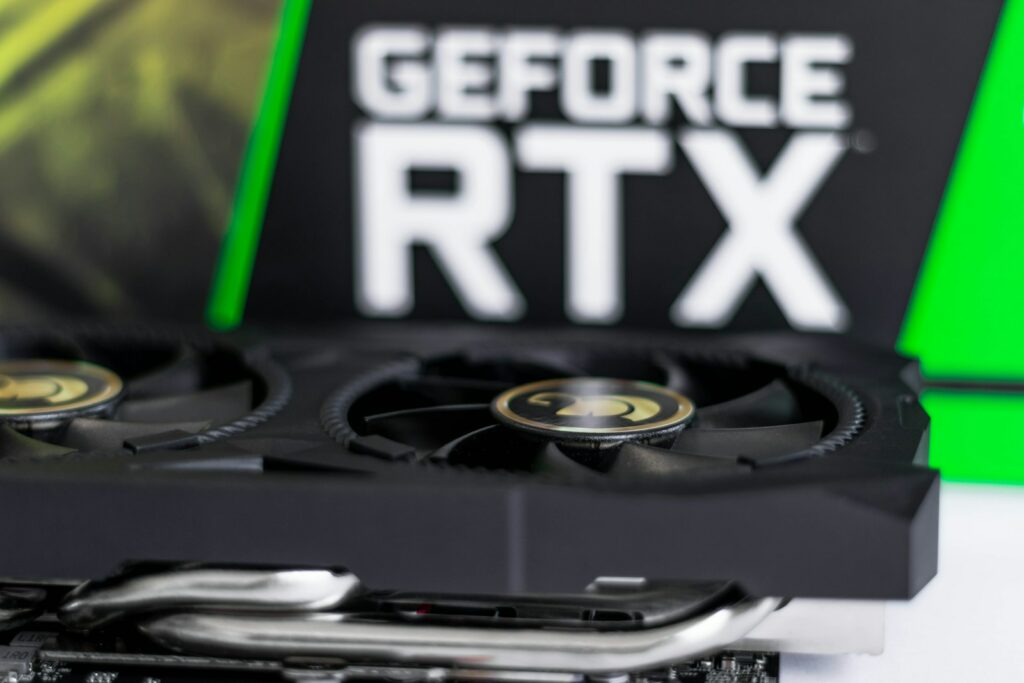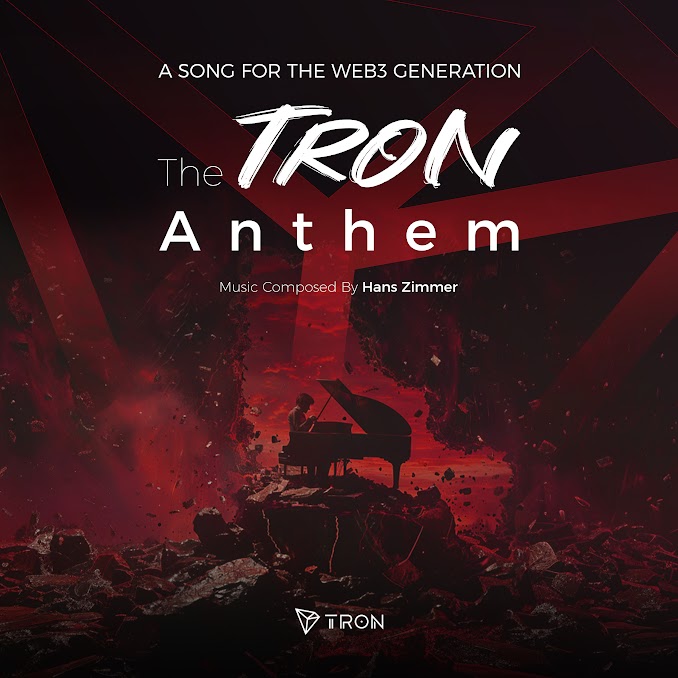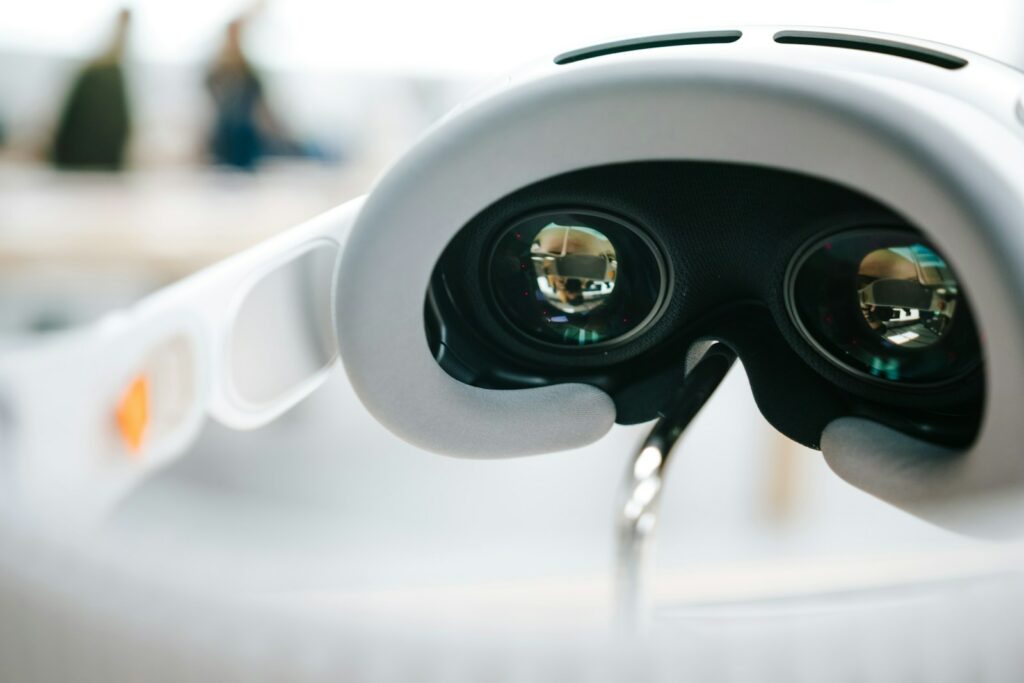Cubism is a VR puzzle game where you assemble complex shapes with coloured blocks. Currently, the game is available on the Oculus Quest, Steam and Pico Neo 3. I came across Cubism while browsing social media. I was intrigued by the game’s design and functionality and its most recent tabletop update, where you can play with puzzles from your desk.
As we get closer to the Metaverse, more games in VR will seek to bridge the reality between real life and a fully immersive digital reality. I had the pleasure of interviewing Thomas Van Bouwel, the developer of Cubism, about his game.
What is Cubism?
Cubism is a deceptively simple VR puzzle game where you assemble increasingly complex shapes out of colorful puzzle blocks.
The game has been a solo project that started as a hobby project back in 2017. I worked on it on and off for a few years until I was able to release it to Quest, Steam and Rift in 2020.
Since 2021 I’ve been able to switch to working on the game full-time and have been releasing several updates to the game, including hand tracking support, a new set of puzzles, and most recently, support for passthrough (a kind of AR mode) on Oculus Quest.

There are many puzzle games on the market; what makes cubism unique?
There’s a lot of variety in the VR puzzle games in the market today! Many take the form of ‘escape the room’ type puzzles, but some offer more straightforward puzzles like the ones in Cubism.
I think what set Cubism apart initially is that it was designed to be very easy to pick up and play: the whole game can be played with just the triggers on your controllers, so it’s a perfect game for people who aren’t very familiar with games or who are just getting started in VR.
What hurdles/obstacles did you have to overcome to develop the game?
Figuring out how easy or difficult a puzzle is turned out to be really hard to tell – and it’s an important thing to figure out since it’s an essential piece of information to structure the difficulty curve of the game.
I ended up doing a lot of playtesting and relying on data analytics to get aggregate data on average solve times & solve ratios – which helped get a clearer idea of which puzzles were, on average easier or more difficult for people.
What made you develop a VR game instead of a console game, and why a puzzle game?
In a sense, I got into VR development before I got into game development – I used to be an architect, and what drew me to VR was my interest in how it could be used in the field to improve the architectural design process. In the process of learning VR, I also got involved with game jams as they were a great way to learn Unity and get to know other developers.
I got my first job in VR in 2016, working for Resolve, a startup making VR tools for architects and engineers – but throughout my work there, I also stayed involved with the indie gamedev community.
I found a puzzle game like Cubism to be a perfect project to work on since it seemed small enough in scope to be able to do in my spare time. Somehow it still took me three years to release it, though! 🙂
I saw your most recent update on Twitter, highlighting the game’s tabletop mode. Can you explain a bit more about it? How does this change the game for users?
So as I’m writing this, the game is one day away from getting an update adding a “passthrough mode” on Quest – which leverages the Quest’s IR cameras to overlay the game on the room the player is in – essentially turning the game into an AR game.
The idea of tabletop mode is that you could have the puzzle on top of your actual desk or table when playing the game in passthrough. The menu lies flush to the table, so when you press buttons, you feel the feedback from the table – and drop shadows from the puzzle pieces can be seen on the table, which mixed them a bit more with the real environment.
The way you currently set it up is a bit hacky, though – you have to re-calibrate the floor height of your guardian space to be flush with the table surface and then lower the puzzle area down to the table.
Quest actually does have a feature to mark your desk – but developers don’t have access to that data yet. Once we do, however, playing in desktop mode will hopefully be a lot easier to set up!
How important do you think VR is for the future of gaming?
I don’t think it will ever fully replace traditional gaming on mobile, console and PC, but I do think it will continue to play a bigger role in how we play games in the coming years.
I think VR’s unique quality is how immersive it can be, especially when playing with friends at a distance – it can feel much more like hanging out IRL with them than in traditional games. If games continue to be a bigger part of our lives as the ‘social spaces’ we hang out in with friends after school or work, then I think VR will naturally play a bigger part in that too.
What do you think of the Metaverse? Do you see Cubism sitting inside these kinds of realities?
Recently it feels like the term is becoming a bit loaded – meaning a lot of different things to different people. It’s easy to get swept up in the hype, but I think it’s important to remember value comes from building things that are actually fun or useful – and I do see more and more games and start-ups in XR that manage to build thriving virtual communities and are actually helping people connect.
In general, I think having digital spaces to hang out with friends, learn new skills or do work in are really interesting and will become a bigger part of our lives in the next few years. I’m not sure how Cubism will fold into it all – if it can just continue to be a simple game people can jump into to take a break and relax, that would be fine by me!
Do you see your game as helping to enable the Metaverse?
It’s a single-player game about block puzzles, so probably not 🙂
What does the future hold for Cubism?
I’ve been putting a bit more work into my in-game level editor recently and am hoping to release some version of it in the near future so puzzle modders have an easy to use the tool in VR to design their own puzzles, which other people could then sideload into their game.
Beyond that, I hope I’ll be able to bring the game to future AR platforms. Passthrough support on Quest has been a small first step towards that!

How can people check out your game?
Cubism is available on Oculus Quest, Rift, Steam and Pico Neo 3.
For the latest updates on the game, you can always follow it on Twitter @CubismVR and me @ToVanBo!
Thank you, Thomas, for your time! It was a pleasure to chat with you. Cubism is a great game, so make sure to check it out.

















